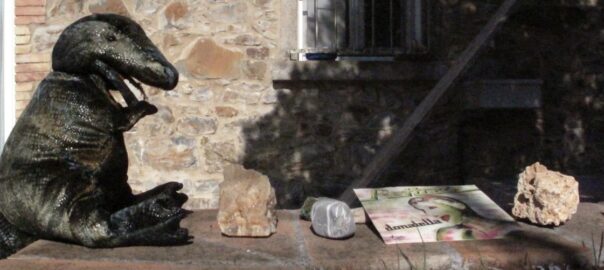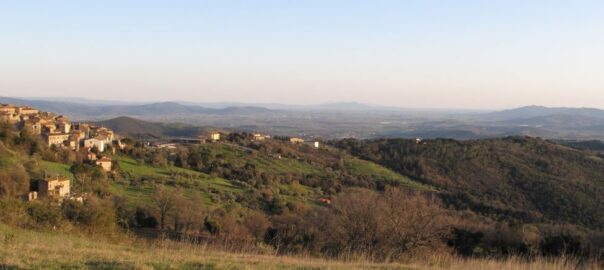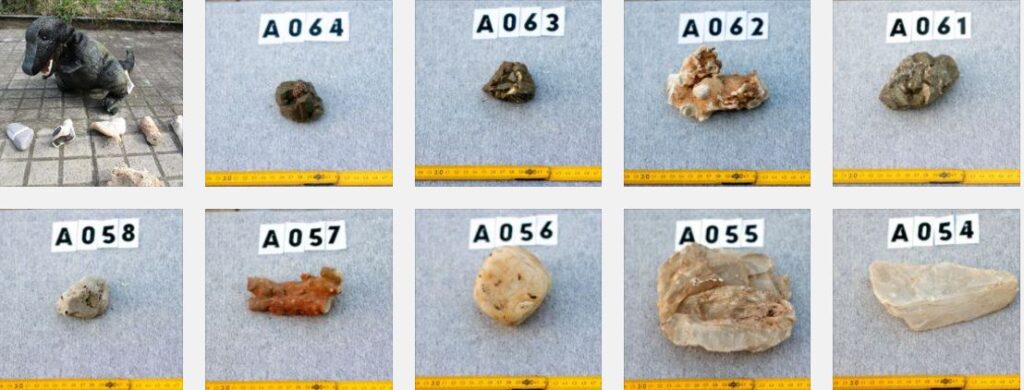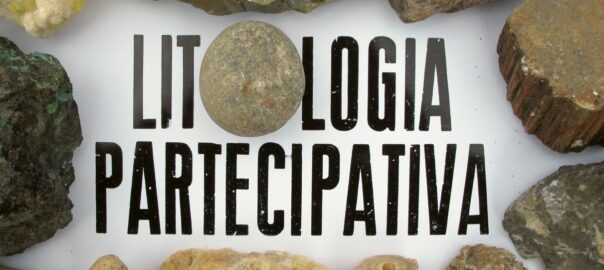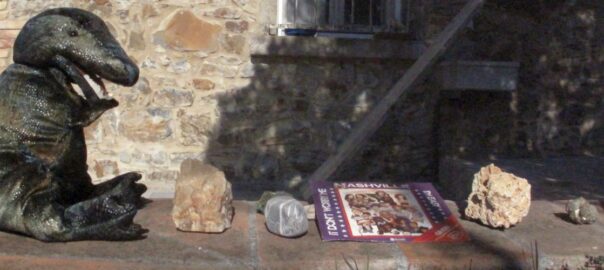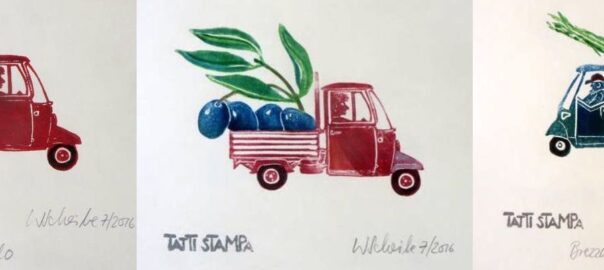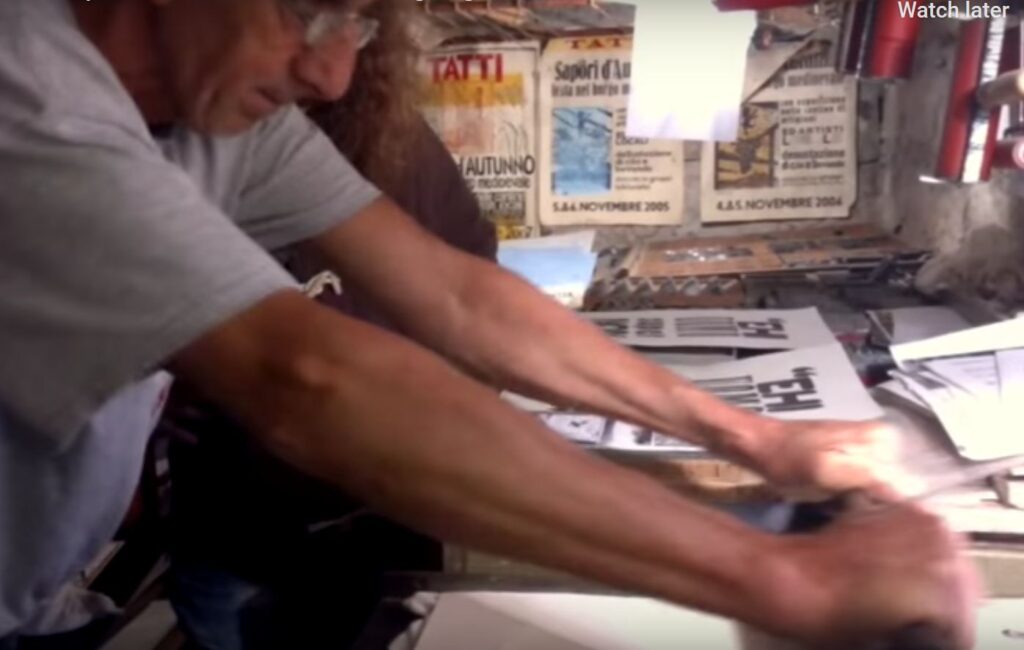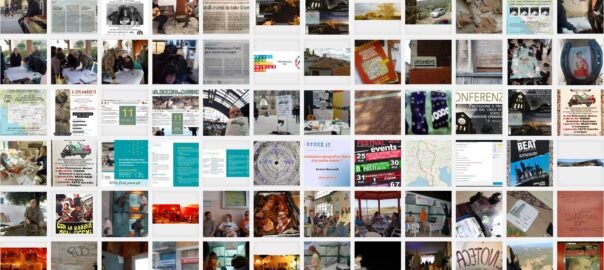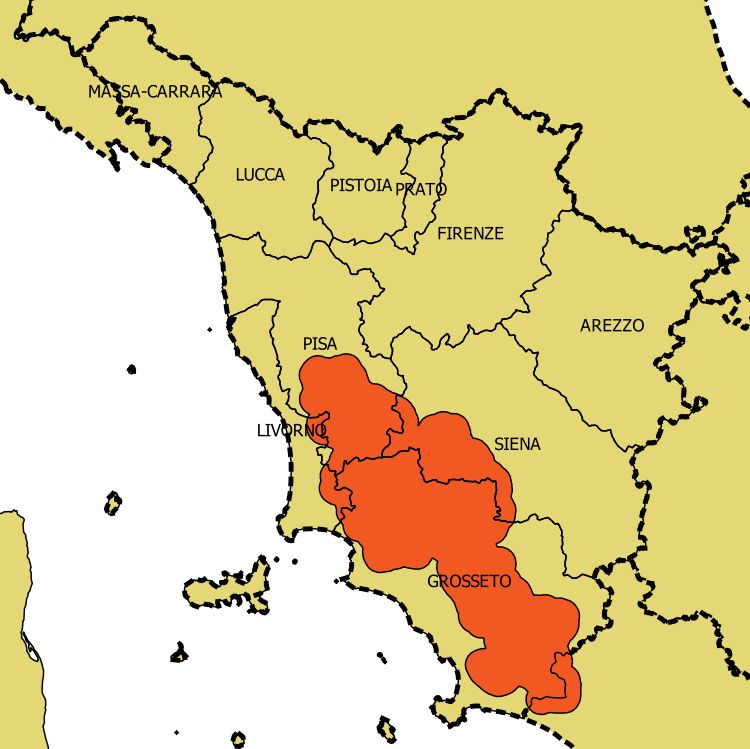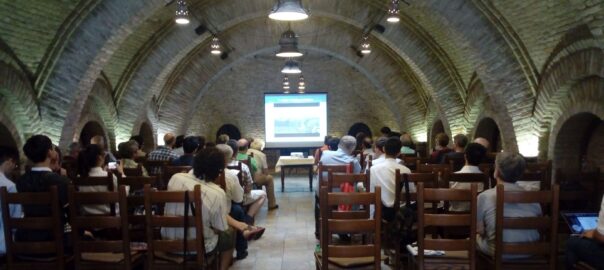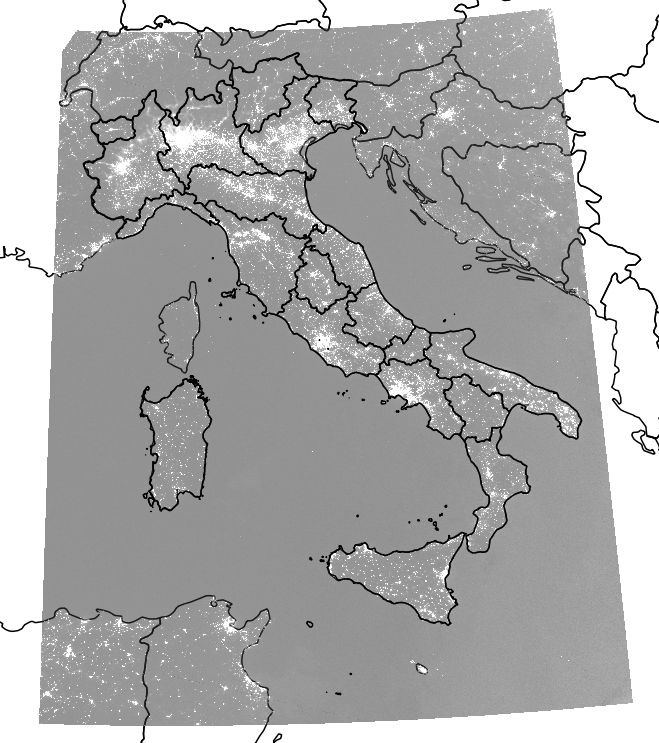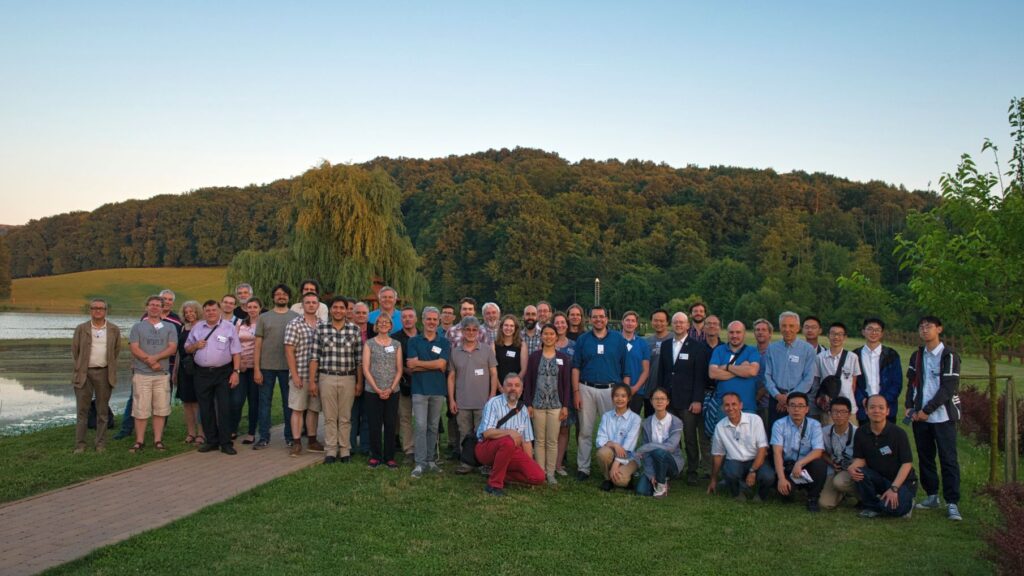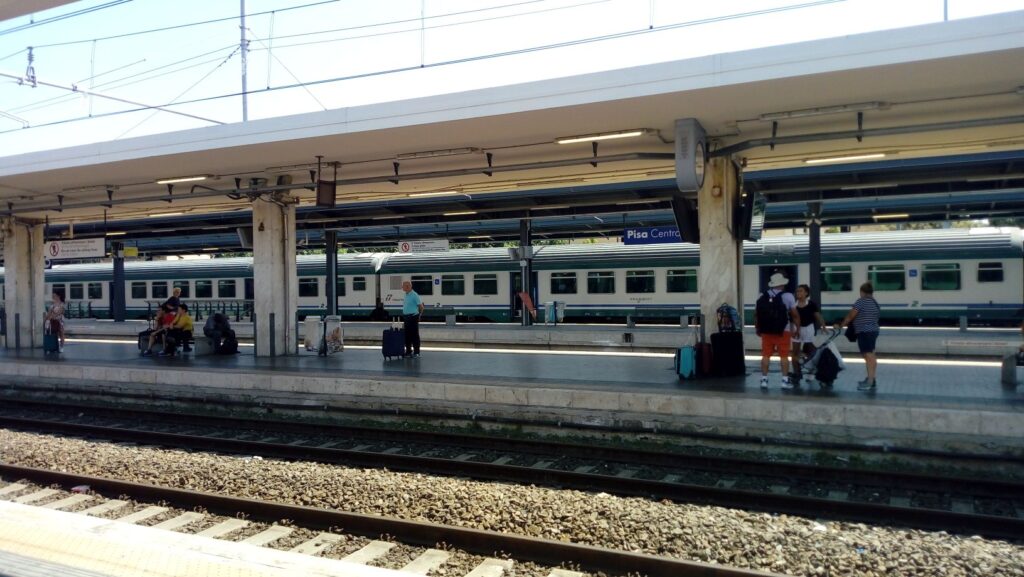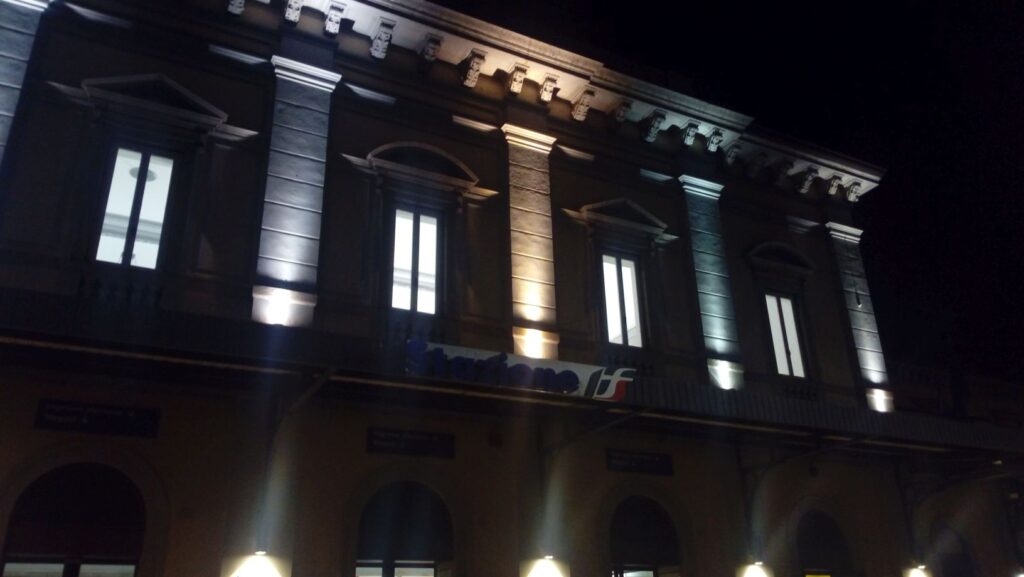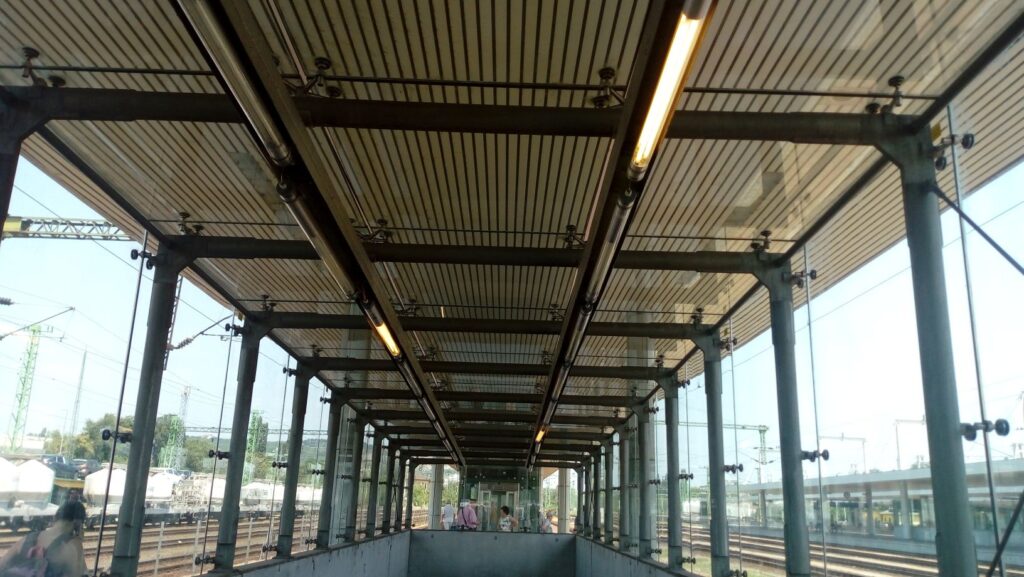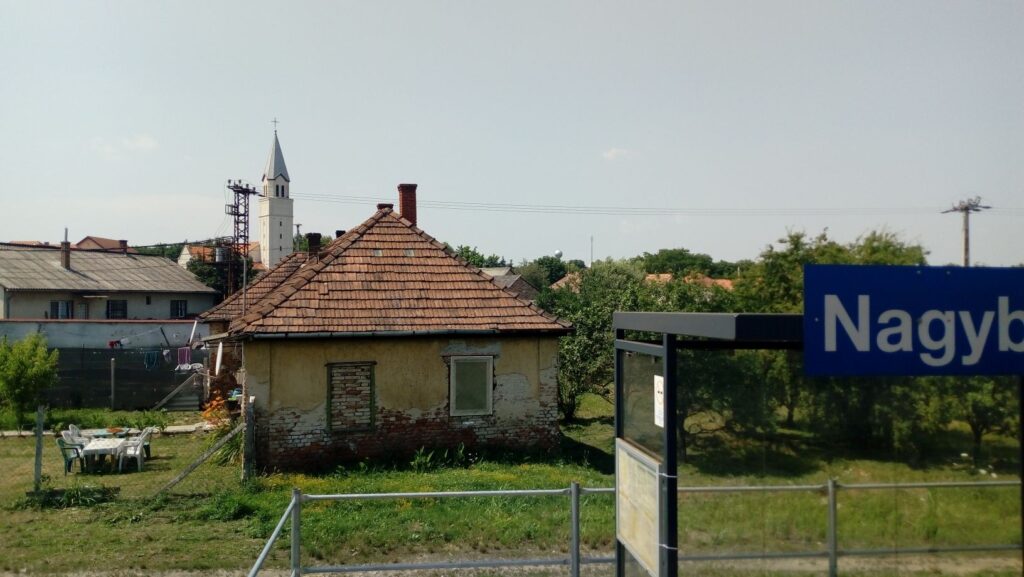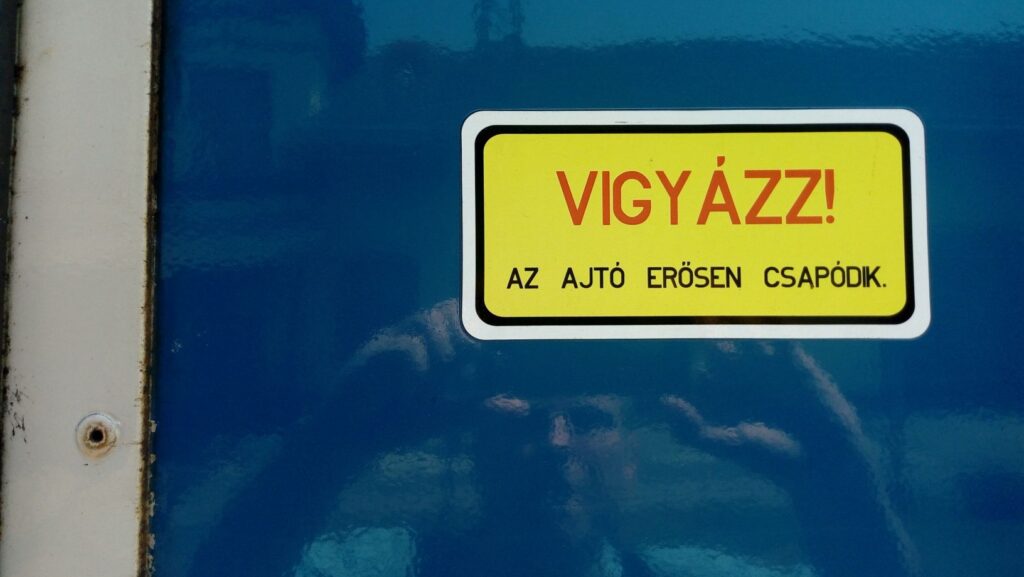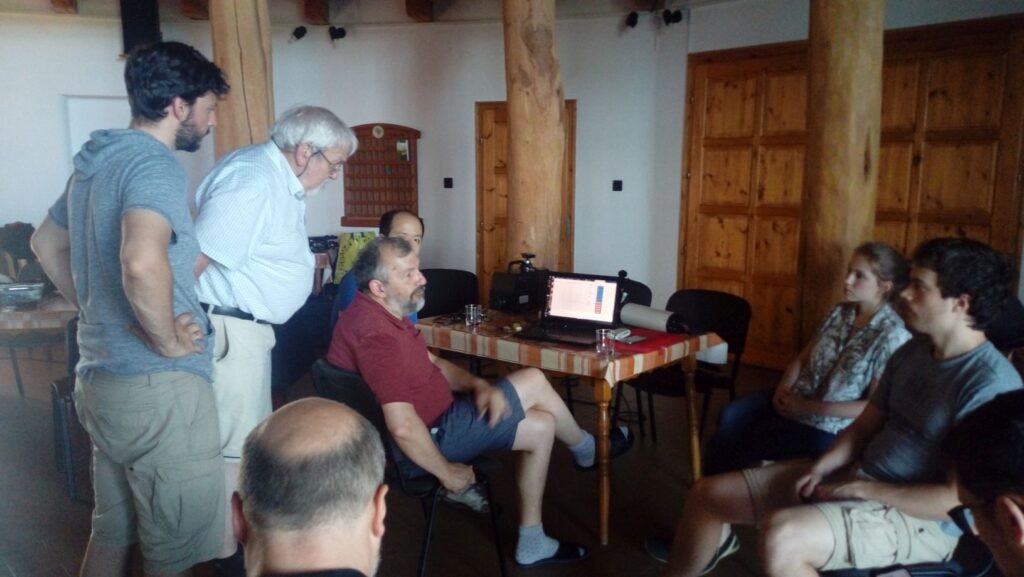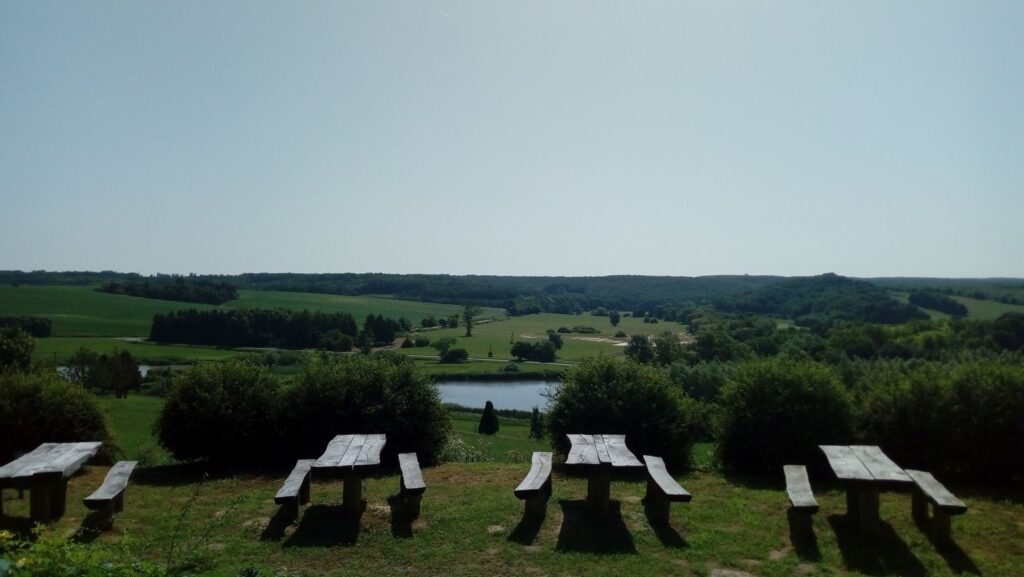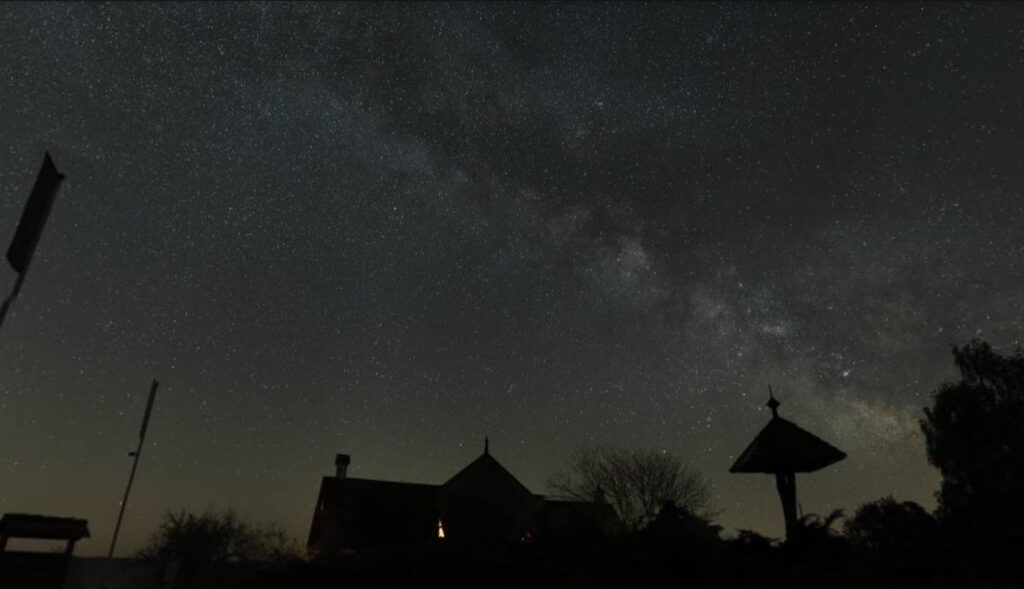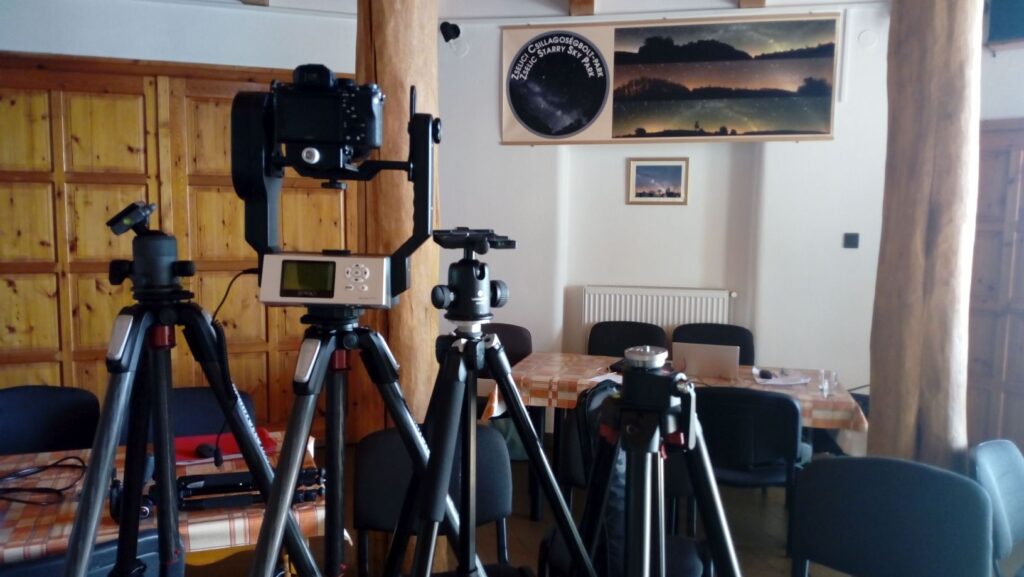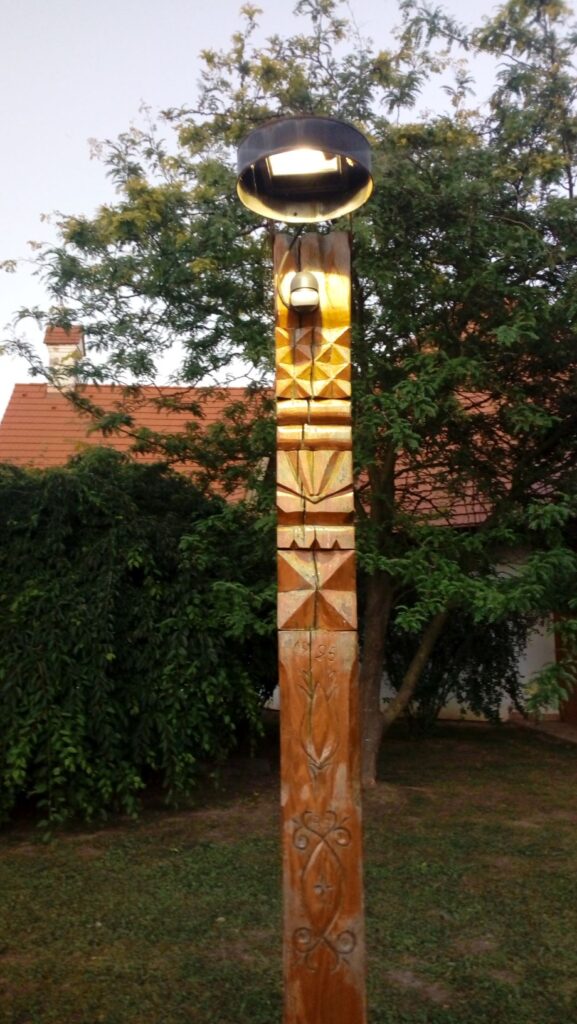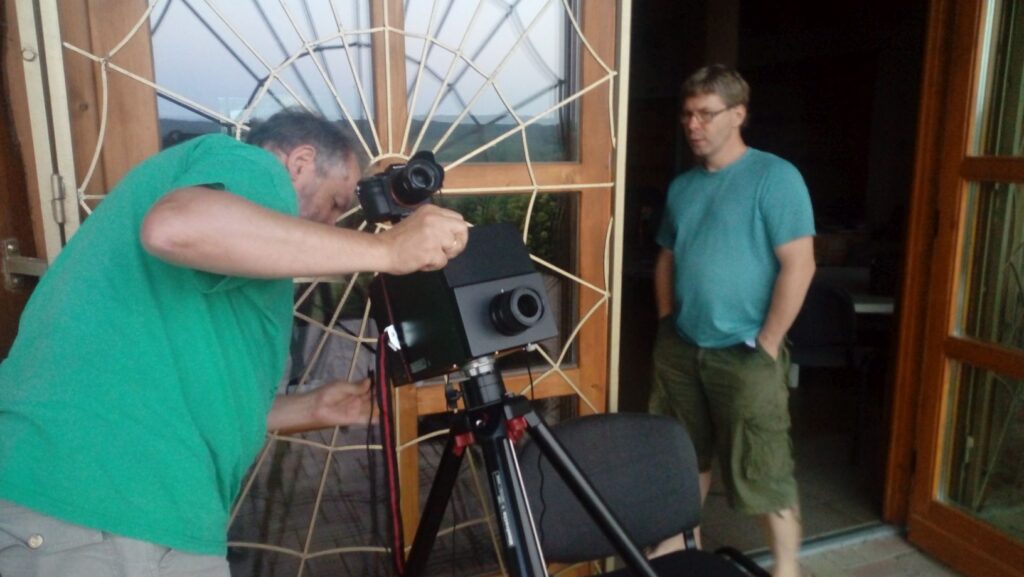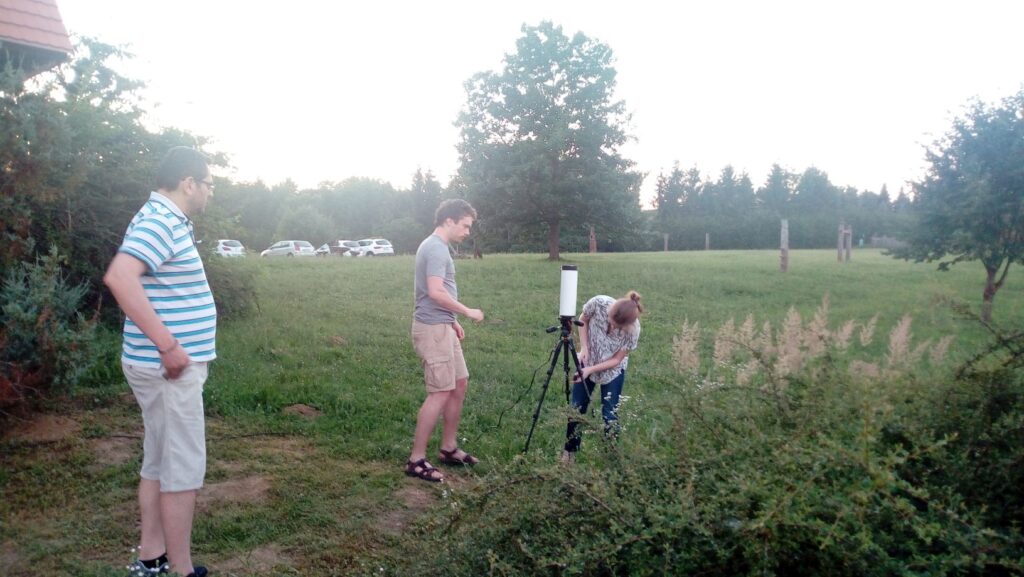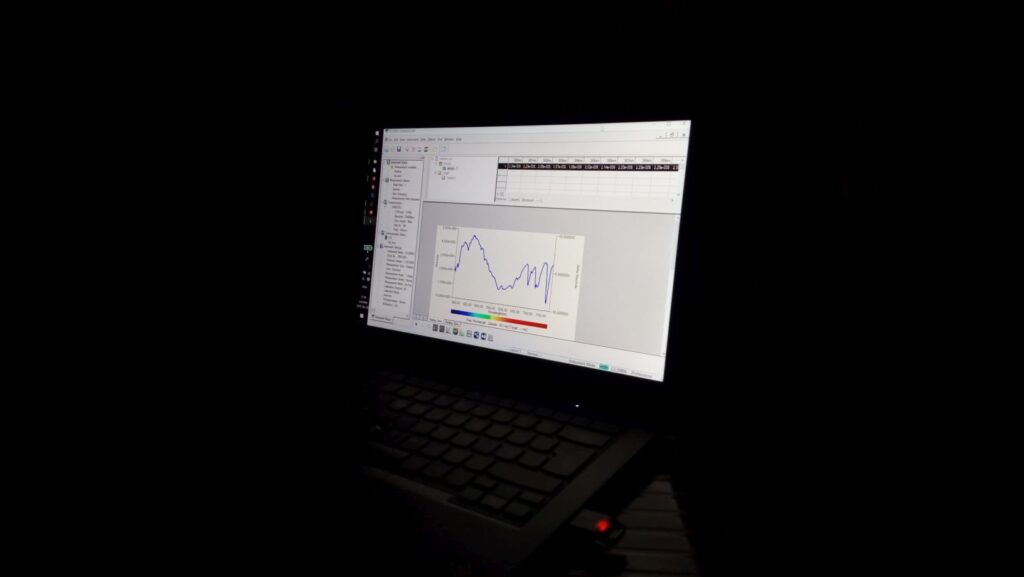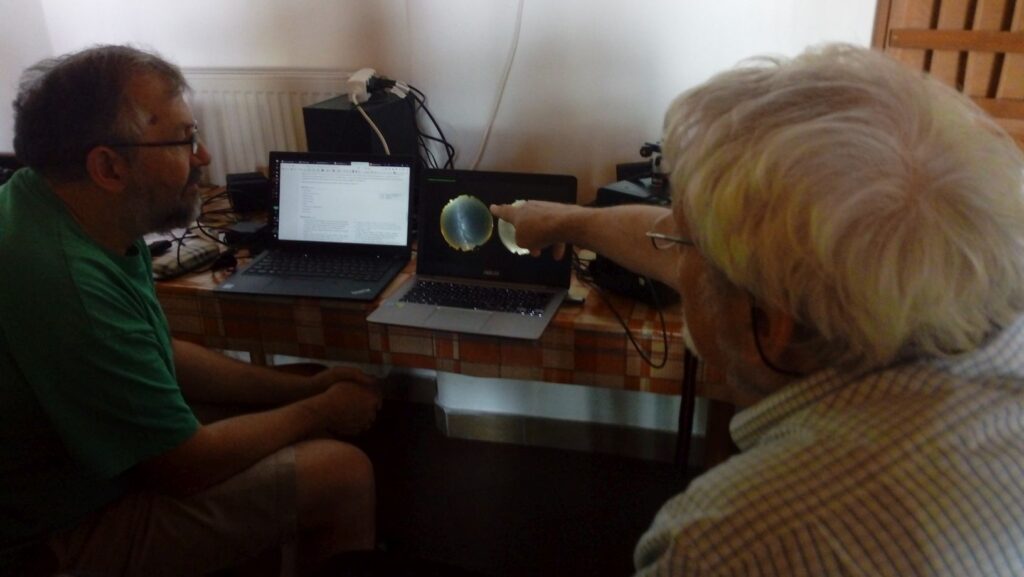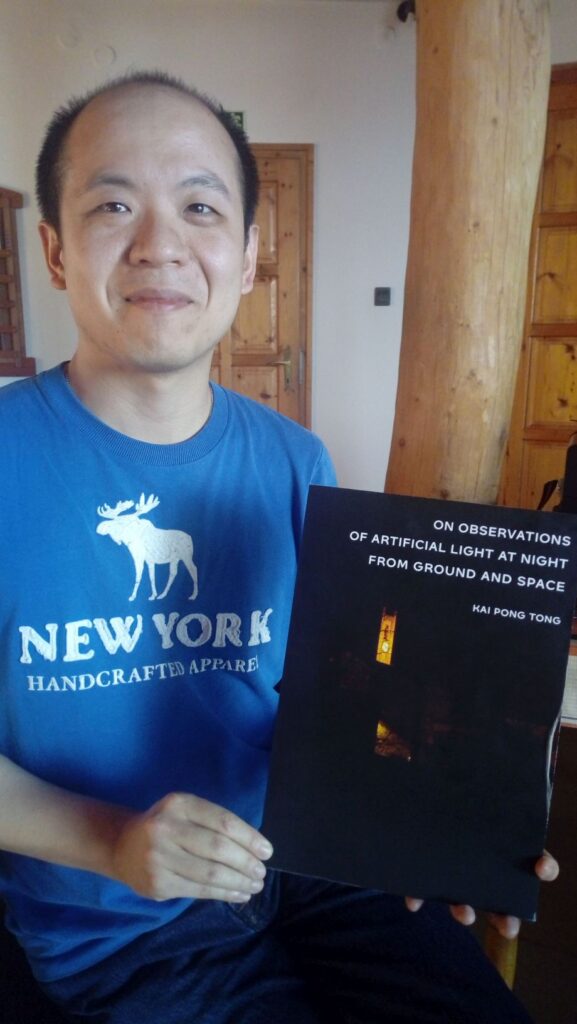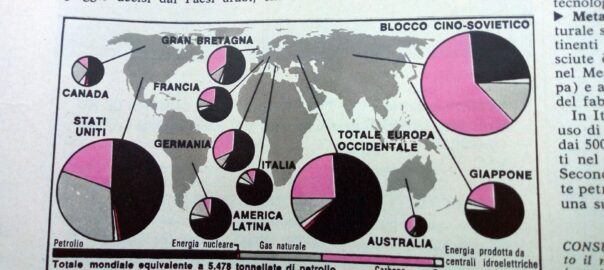versione 31.3.2020
To understand what Participatory Lithology is, and how we are proposing it, we encourage you to read the summary of the project’s first week (March 21-27, 2020).
In the project we have considered four roles: collectors, classifiers, entertainers, and sponsors.
To consider the effort involved in the project, you may review what the different roles are expected to do (follow the links above), and how we communicate it, in Italian and English. On the pibinko.org site we have post with the PELP tag, and on jugbandcm.it we have the daily Lithobag posts, by the Metalliferous Hills Jug Band and other entertainers. All the posts appearing in these sites are then circulated to a wide list of direct contacts (several thousands of people), in addition to being re-posted to social media and thematic mailing lists.
Let us now see what sponsors can do, with different levels of commitment.
What we figure is that the collectors will have a direct return from the project, since the classifiers are helping them to make sense of their collections, so they are ok. On the other hand, classifiers and entertainers are in fact providing a service: so it would be great to give them some real recognition, be it in goods, services, or remuneration (if this cannot be replaced by products or services they may need). Enter the sponsors, with four possible levels briefly presented below. To get more practical details on how to support the project, please write to micalosapevo@pibinko.org
Level 0. Moral Support
The more, the better, but this is never enough to make the project work on its own. Proceed to the next level.
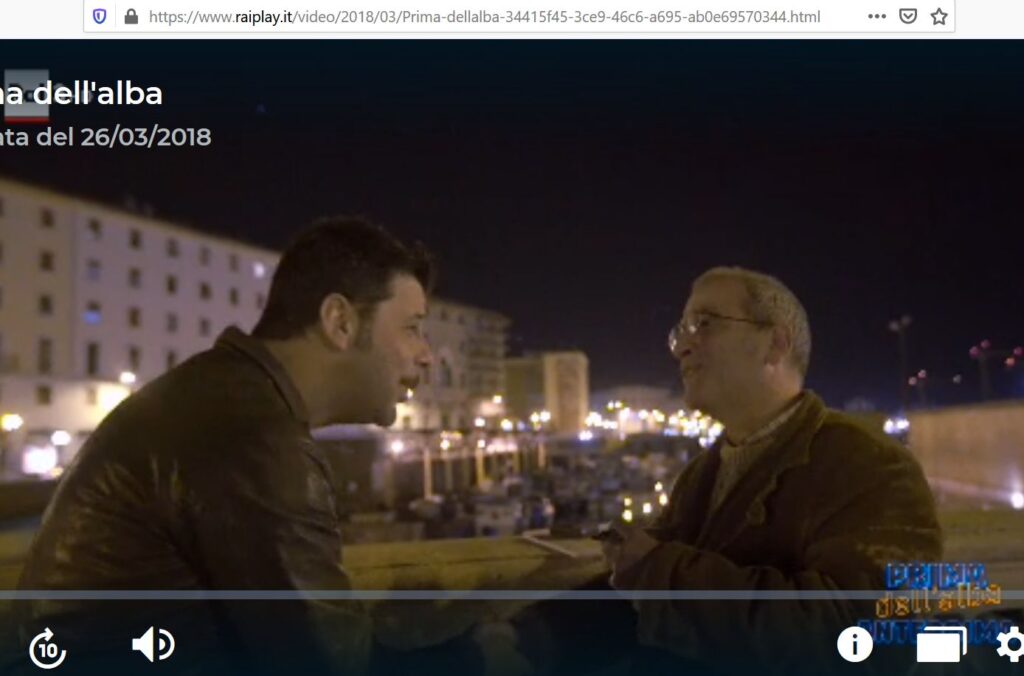
Level 1. Communication
From word of mouth, to interviews, reports and other forms of storytelling, anything goes. With “palla 21” in Chicago, in 2007, we were also covered by Comcast Sports News, and in the following years most projects by the pibinko.org network have received frequent media coverage. For some reason, this is never enough to explain what we are doing…possibly because it sounds strange that our team, generally working out of a bar in a rural area, can manage what we manage. Alas.
Level 2a. Products
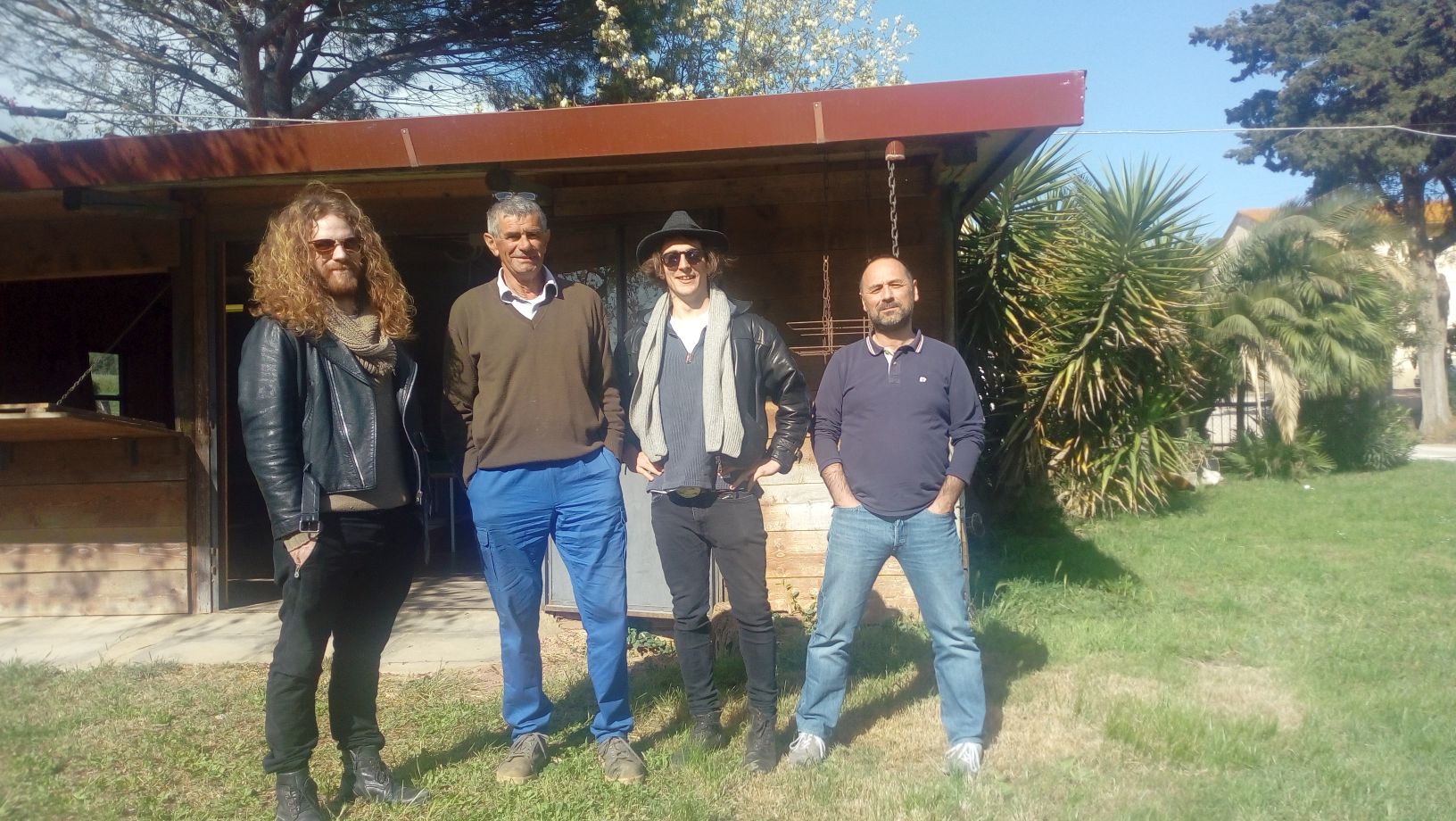
We have consolidated relations with several small producers in Southern Tuscany. If you would like to join this list, please write to micalosapevo@pibinko.org.
Participatory Lithology was launched from Southern Tuscany, so -even though we work to engage other territories- we like the idea of sending to the classifiers and the entertainers who will turn out to be more in tune with our project some enticing products from our home region.
Level 2b. Services
At present we have received support by professional photographers, graphic designers, and video editors. Eventually, we may appreciate help from other hands and heads.
Also, sooner or later we will be sending some “rewards” to the most “participatory participants”. At that point we will need support by transporters (or, worst case scenario, to cover shipping costs we will need money, which brings us to Level 3).
Level 3. Monetary support
In addition to covering shipping costs for typical products for the coolest classifiers and entertainers, we can make use of monetary support for two purposes: (1) to compensate part of the time required to run the project, and (2) to create a reserve for initiatives to further promote the results of the project once this is completed. At present we are considering a first phase reaching the end of April/beginning of May, and the possibility of continuing with a “phase 2” if conditions allow.
Expected return for the sponsors
Sponsors will receive visibility through all communication activities related to the project. Please write to micalosapevo@pibinko.org for more information.
Who is the character in the header image for this article?T
This is Mauro il Tirannosauro, i.e. Mauro, the T-Rex. He has a cover role as the mascot for Participatory Lithology. In fact, Mauro is the mastermind behind the whole story. You may check what Mauro has been up to following his tag on the pibinko.org blog: http://www.pibinko.org/tag/maurotrex-en/


